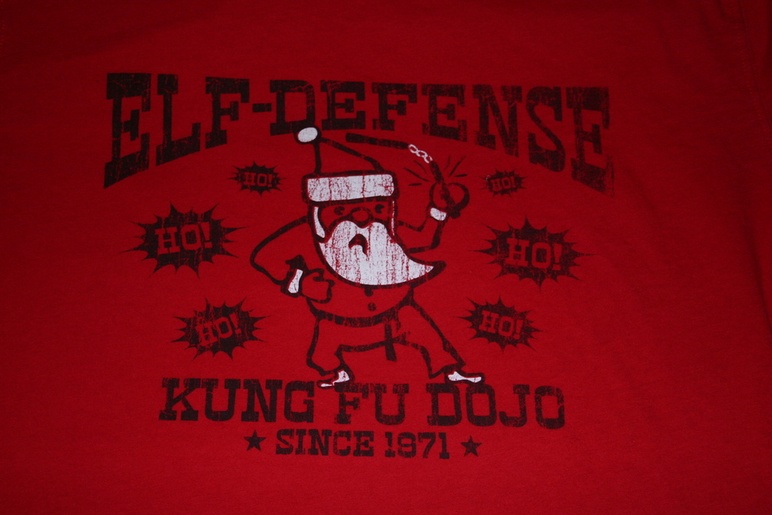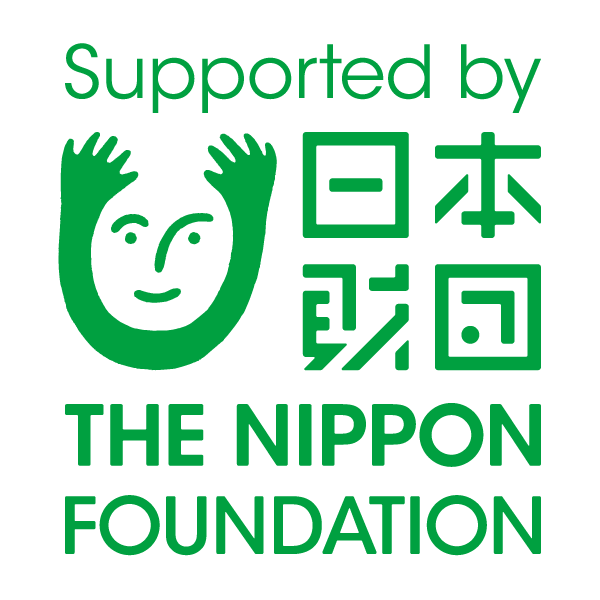Japanophilia

|
||
| Licensing | ||
This collection brings together student work from a seminar held at Occidental College, titled "Japanophilia: Orientalism, Nationalism, Transnationalism." The class examined the relationship between collecting/appropriating Japanese culture and the creation of identity.

This work is licensed under a Creative Commons Attribution 3.0 License
Album Type
online exhibition
 mpitelka
—
Last modified Jun 28 2021 1:49 a.m.
mpitelka
—
Last modified Jun 28 2021 1:49 a.m.

























































 Little Tokyo Community Profiles
Little Tokyo Community Profiles Landscaping America: Occidental College Student Research
Landscaping America: Occidental College Student Research Japanophilia
Japanophilia
 Journal feed
Journal feed
